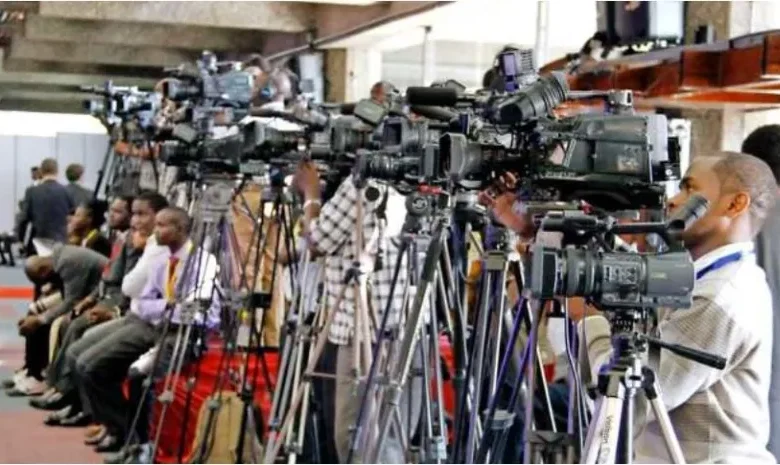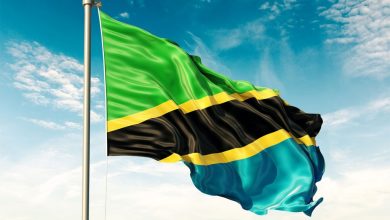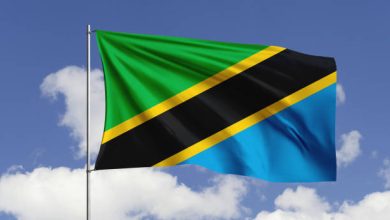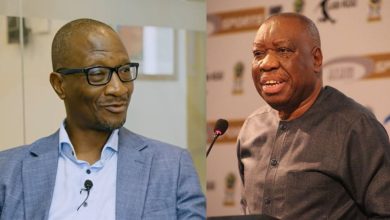A call for accuracy, context and responsible journalism

DAR ES SALAAM: WHEN CNN released its video report on the October 29 protests in Tanzania, many viewers expected a clear, factual and balanced account of the day’s events.
International media carries the heavy responsibility of informing the world, shaping perceptions and influencing diplomatic and public reactions. For this reason, accuracy and verification are not optional, they are essential.
Yet, the CNN segment in question contains several factual inaccuracies, narrative exaggerations, unverified allegations and omissions of crucial context that collectively misrepresent what actually occurred on the ground.
This response offers a detailed, point-by-point correction of the claims made in the broadcast, calling not for censorship, but also responsible journalism.
Exaggerated claim of “One Whole Week” of protests (0:35)
At the start of the report, CNN claims that the protests lasted “one whole week.” However, no evidence is provided to support this dramatic statement. The footage shown represents only brief moments, not continuous unrest across seven days.
Implication that protesters “Didn’t Go Back Home” (0:47)
The exaggeration creates the false impression of a widespread national crisis, an image that does not reflect verified facts.
The report implies that numerous protesters were killed, yet provides no names, no hospital confirmations, no police reports and no independent verification.
Implying deaths without proof is not journalism, it is emotional manipulation that risks misleading global audiences.
Mischaracterisation of Election Day as “a Bloody Scene Across the country” (0:56)
CNN’s description paints the entire election day as violent. This claim is demonstrably inaccurate.
Millions of Tanzanians voted peacefully throughout the morning and early afternoon. Any disturbances occurred later and were limited to specific locations, not nationwide.
By ignoring the overwhelmingly peaceful reality, the report produces a distorted view of Tanzania’s electoral process.
Omission of precursor violence, vandalism, and foreign-sourced audio (0:58)
The report also deliberately omitted precursor violence and included foreign footage. The segment states that the streets “became a hunting ground,” implying targeted violence against civilians.
But this statement ignores important context — vandalism of petrol stations, destruction of public transport vehicles, damage to property and stone-throwing mobs confronting police.
Even more concerning, at one point in the report a man with a distinctly Kenyan accent is heard saying, “This is what the police have done to the people.”
This raises serious questions: Was footage from outside Tanzania mixed into the report, were all clips verified for origin and authenticity, why was no disclosure provided?
Responsible journalism requires transparent identification of all video sources.
cation of all video sources. Premature declaration of an “Unfair” election while voting was ongoing (1:12)
Another clear bias in this report is declaring the election “Unfair” while voting was still ongoing.
CNN’s verdict— “the elections were unfair”—was issued while people were still voting and before observer missions had released any preliminary assessments.
Such premature declarations reveal editorial bias rather than objective reporting.
Claim of 2,000 deaths without source verification (1:35)
The news television network also fell short of its standards by broadcasting an unverified claim of 2,000 deaths.
CNN attributes a claim of “2,000 people killed” to the “main opposition party” but does not name the party, show documents, interview families, reference medical records, or verify the number independently.
Broadcasting unsubstantiated death tolls of this magnitude is irresponsible and has the potential to inflame tensions.
ALSO READ: Observers call for responsible media coverage
Use of English-speaking and foreign-accent individuals as emotional devices (0:58 & 1:38)
Another questionable component in this report is selective use of English speakers and foreign accents.
Two highly emotional clips are featured prominently including that of a man with a Kenyan accent blaming the police and a young man speaking fluent English asking, “Why are you killing us?”
Yet in Tanzania, most youths, especially in moments of fear or confrontation speak Kiswahili.
Using atypical voices raises legitimate questions about whether these clips were staged, selectively chosen, or taken out of context.
Their emotional intensity appears targeted at international audiences, shaping a narrative that may not reflect reality.
Footage Contradicting CNN’s “Peaceful Protester” Narrative (2:09)
The report also shows footage that contradicts CNN’s “Peaceful Protester” narrative.
While describing protesters as peaceful, CNN shows individuals throwing stones at police and holding large rocks in preparation to attack.
The visual evidence contradicts the verbal narration. Balanced journalism requires acknowledging violence on all sides, not selectively omitting it.
Pregnant woman narrative presented without verification (2:24)
The report also presented a pregnant woman’s story without verification. CNN features a woman claiming she was shot while three months pregnant.
She is shown holding a stick and a rock, but her identity, pregnancy status, and injury details remain unverified.
The story is presented purely for emotional impact. Without corroboration, such reporting crosses into sensationalism.
Conclusion
The CNN report contains significant factual discrepancies, selective editing, and emotional framing.
Indeed, the CNN report on the October 29 protests falls short of the basic principles of journalism: accuracy, verification, fairness and transparency.
Its selective editing, emotional framing, inclusion of questionable audio, and omission of crucial context create a narrative that does not accurately reflect events in Tanzania.
Tanzania welcomes international media scrutiny. What it asks is that reporting about its people and political processes be truthful, contextualised and responsibly presented.
This rebuttal is not an attack on press freedom. It is a reminder that freedom comes with responsibility and that the global public deserves reporting that respects the truth and the dignity of Tanzanian citizens.





